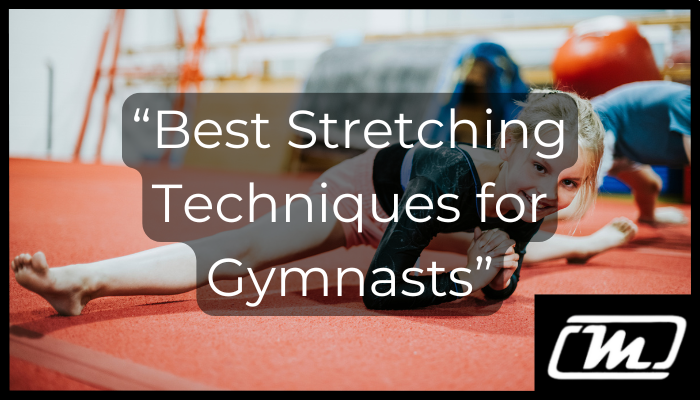Introduction Flexibility and mobility are key components of a gymnast’s success. Proper stretching techniques not only improve performance but also help prevent injuries. Whether you’re a beginner or an elite athlete, incorporating effective stretches into your training routine is crucial. In this guide, we’ll explore the best stretching techniques for gymnasts and how they contribute to strength, flexibility, and injury prevention.
Why Stretching Matters in Gymnastics Gymnastics requires an extraordinary range of motion, making stretching an essential part of any training program. The benefits include:
- Injury Prevention – Reduces the risk of muscle strains and ligament tears.
- Increased Flexibility – Enhances performance in skills requiring deep splits, backbends, and dynamic movements.
- Improved Strength & Control – Helps gymnasts develop body awareness and stability.
- Better Recovery – Aids in reducing soreness after intense training sessions.
Types of Stretching Techniques for Gymnasts
1. Dynamic Stretching (Before Training)
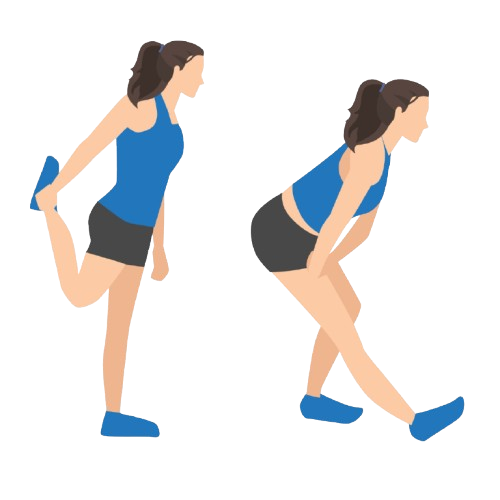
Dynamic stretching involves controlled, movement-based stretches that prepare muscles for high-intensity activity. Examples include:
Leg swings – Forward and side-to-side movements to loosen hip flexors.
Arm circles – Improves shoulder mobility for bars and rings.
Lunges with a twist – Opens up hip flexors and engages core strength.
High kicks – Increases hamstring flexibility for tumbling passes.
2. Static Stretching (Post-Training)
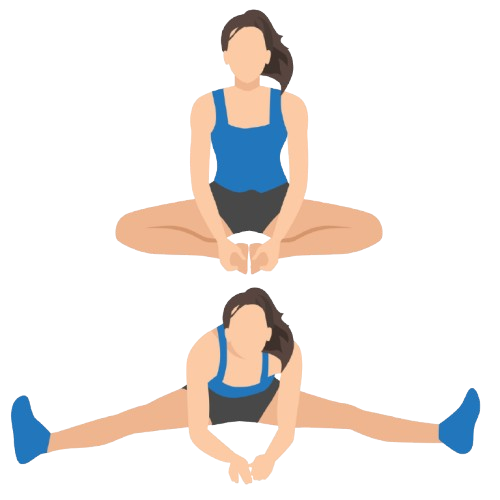
Static stretches are held for 20-30 seconds to increase flexibility and release muscle tension. Key static stretches for gymnasts include:
- Splits (Right, Left, Center) – Improves hip and hamstring flexibility.
- Bridge Hold – Enhances back flexibility for backbends and walkovers.
- Pike Stretch – Stretches hamstrings and lower back.
- Butterfly Stretch – Loosens hip adductors for smoother leg movements.
3. PNF Stretching (Advanced Technique)
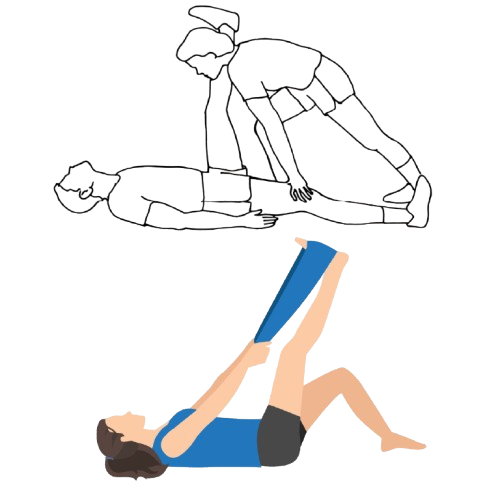
Proprioceptive Neuromuscular Facilitation (PNF) stretching is an advanced method that combines stretching and muscle contraction. It’s highly effective for increasing flexibility but should be done with supervision. PNF stretching helps improve both passive and active range of motion, making it a valuable technique for gymnasts looking to deepen their flexibility.
Key techniques include:
- Contract-Relax (CR) – Stretch the muscle to a comfortable point, then contract it against resistance for 5-10 seconds before relaxing into a deeper stretch.
- Hold-Relax (HR) – Stretch the muscle and hold it against gentle resistance, then relax and push slightly deeper into the stretch.
- Partner-assisted stretching – With a partner, contract the muscle for a few seconds before the partner gently helps push the stretch further.
This method is backed by research showing that PNF stretching can lead to significant flexibility gains in a shorter period compared to traditional static stretching.
4. Foam Rolling & Mobility Work
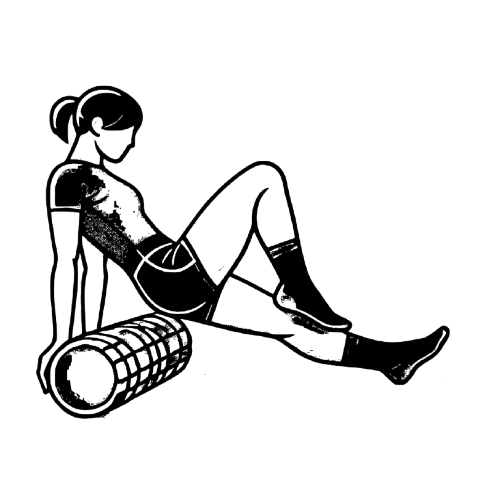
In addition to traditional stretching, gymnasts can benefit from foam rolling and mobility exercises to target tight muscle groups. Focus on:
- Hip flexors – Using a foam roller to release tension.
- Calves and hamstrings – Helps with ankle mobility for landings.
- Shoulders and back – Improves overhead range of motion for uneven bars and vaults.
Expert Tips from Gymnastics Coaches To provide deeper insight, we asked gymnastics coaches about their best stretching advice:
- “Consistency is key. Stretching daily, even on rest days, makes a huge difference in performance.”
- “Always warm up before deep stretching. Cold muscles are prone to injury, so light cardio beforehand is essential.”
- “Controlled breathing and relaxation during static stretches help increase flexibility faster.”
Best Practices for Stretching To maximize the benefits of stretching, keep these best practices in mind:
- Warm up first – Never stretch cold muscles. Do light cardio or mobility drills before stretching.
- Breathe deeply – Proper breathing enhances relaxation and flexibility.
- Avoid bouncing – Bouncing (ballistic stretching) can lead to injury.
- Be consistent – Daily stretching leads to long-term improvements in flexibility.
- Use proper equipment – High-quality mats and stretching tools can enhance effectiveness and safety.
Stretching is a fundamental part of gymnastics training that enhances flexibility, prevents injuries, and improves overall performance. By incorporating dynamic, static, PNF, and mobility work into your routine, you’ll build a solid foundation for executing skills safely and effectively.
At Mancino Manufacturing, we support gymnasts with top-quality training equipment designed for safety and performance. Check out our range of mats and training equipment to take your gymnastics practice to the next level!
Looking for more training tips? Stay tuned to our blog for expert advice on gymnastics techniques and equipment recommendations.

